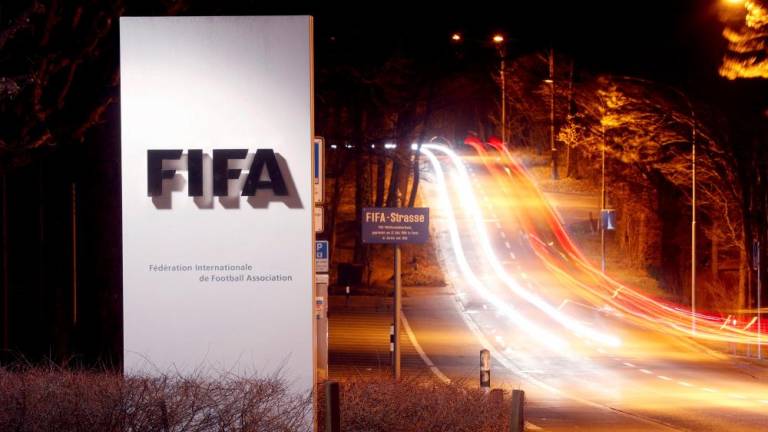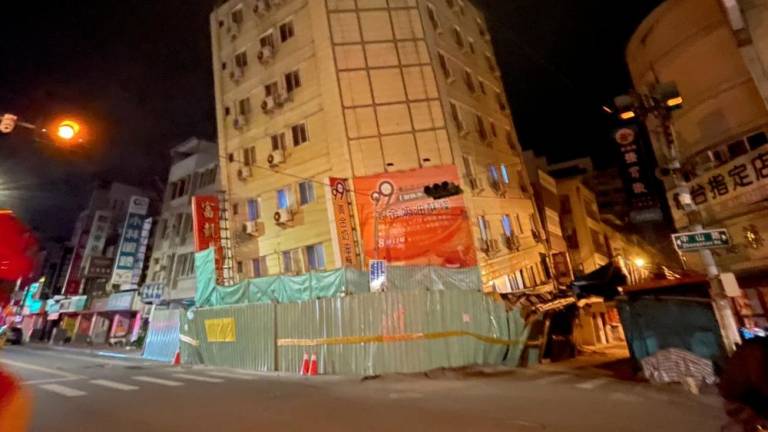IMAGINE being a student in one of the most developed urban areas in the country yet having to carry buckets of water all the way from one school block to another, up several flights of stairs, just so that you can use the school lab for your science experiment because the water pipes are not connected.
Meanwhile, the school you go to is facing other major structural problems such as faulty electricity, sinking ground, leaking roofs, classroom with damaged floors, and a busted water tank. The Public Works Department (JKR) estimates the overall cost of repairs for this one school to be more than RM1.2 million.
The Petaling Utama District Education Office covers a wide area. The office oversees 73,364 students and 86 schools (58 primary and 28 secondary schools), which include all 27,440 students and 40 schools in Petaling Jaya.
In the first half of last year, only three of the nine schools with “critical” infrastructure problems in the Petaling Utama district managed to secure funding for repairs amounting to RM157,232.58.
If schools do manage to get some additional funds from either donors or parents that money is more likely to be channelled towards basic repairs such as a new roof or on water pipes rather than on new facilities to enhance the students’ learning experience.
The problem is the same all over the country. For more than 50 years, maintenance of school buildings has been given little support and left to the devices of the school staff and parents. Any prolonged neglect of infrastructure could very well become a defining factor in the effectiveness of education received by students. The problem with dilapidated schools is a national emergency that deserves urgent attention. We cannot afford to wait for an accident to happen.
I am working on a report on the state of school infrastructure in Petaling Jaya and I am taken aback by the scale of the problem. Some of these schools are in such a state of disrepair that they pose an immediate danger to the students and teachers. For example, the canteen ceiling in SMK Taman Dato Harun (a school whose students are mostly from the B40 group) had collapsed, but due to a lack of funds, the ceiling was put back together by teachers with makeshift wooden pillars to prevent it from collapsing again. This poses a serious threat to the 1,397 students who attend the school.
The education minister has said that the government had repaired 394 dilapidated schools in 2018, which exceeded the target of 10% of dilapidated schools, and hopes to increase this figure to 50%. But where is the statistics on the kind of repairs done and are repairs inclusive of all the structural problems faced by the schools?
I had raised the matter in Parliament last year, while asking for a breakdown of the funds required for repairs for critical schools in the Petaling district and the time frame for those repairs. However, the written response that I received only said that the scope and estimated cost of repairs for the schools “have been identified with the assistance of JKR” and the ministry would be looking at the repairs based on the “priority and the financial status of the government”.
To redevelop school structures, the ministry has to see it from the point of view of creating a conducive learning environment. This does mean having the right wholesome facilities to support arts, science, vocational skills, digital technology and physical exercise.
While we develop schools to fit into encouraging academic achievement, perhaps we need to also explore wider possibilities to create more equitable access to learning facilities for all students. Homes in poorer urban areas like Taman Medan are often not very conducive for students to study. Space is tight, with some homes just 400 sq ft while housing as many as six to eight people. Therefore, students often stay back after school to study and get their homework done.
Under the 2018 budget, a massive RM2.5 billion was allocated to upgrade dilapidated schools throughout the country, with RM1 billion each for Sabah and Sarawak, and RM500 million for Peninsular Malaysia. However how much of this actually made it to the critically dilapidated schools that year?
Now, under Budget 2019, the present government has allocated RM652 million for upgrade and maintenance of all schools and RM100 million to rebuild dilapidated schools. This is not enough even if the government is to focus only on the most critical schools.
Transparency is key. We must manage the problem on how allocated funds go down to the schools. We need evidence and accurate statistical data. For starters, we need to know the extent of the problem. How much would it cost to maintain the buildings annually and how much would modernise the infrastructure of school buildings. Such data must be made available to the public.
There must be accountability to ensure that only the most urgent repairs are done and since money is limited, there must be a clear path forward in terms of a national policy to outline how the government spends it. This process must be institutionalised so that it is not subjected to change every time leaders change.
Perhaps state and local governments could assist in funding the schools or even private investors, with no strings attached. This would also require the ministry to change its policy on how schools are funded.
If we look at the solution taken by England’s Department for Education in dealing with dilapidated schools, we find that they invest US$23 billion over the next five years towards improving its school buildings as part of its Priority Schools Building Programme. Design-wise, they are building schools that are easy to maintain. Better designed schools avoid overly engineered designs that are wasteful and place a burden on its finances.
Students and teachers should not be made to work in a stressful environment that could cause them to underperform. Schools serve a much greater purpose than being just institutions that provide education for our children. They are social centres that shape habits and behaviours that play a pivotal role in our children’s development into adulthood. We must therefore not take this matter lightly and ensure that dilapidated schools receive the attention needed.
The writer is Member of Parliament for Petaling Jaya. Comments: letters@thesundaily.com














